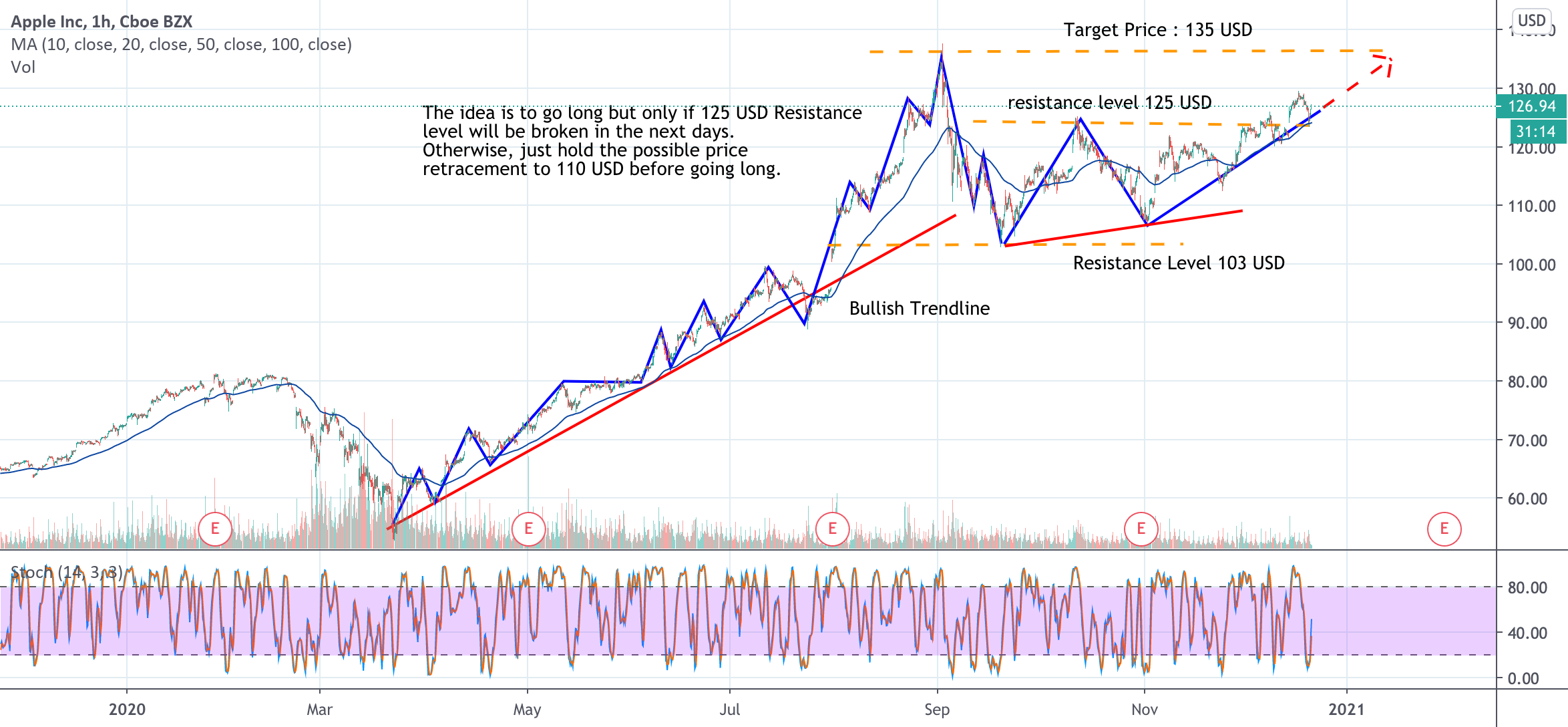Seeking Change, Facing Punishment: A Look At Reprisal For Reform

Table of Contents
Types of Reprisal Faced by Reformers
Reformers, whether within organizations or in broader societal contexts, can face a range of reprisals, from subtle undermining to overt acts of aggression. Understanding these different forms is crucial for effective preparation and self-preservation.
-
Subtle Reprisal: These insidious tactics are often difficult to prove but can be equally damaging. Examples include:
- Exclusion from meetings: Being deliberately left out of crucial discussions and decision-making processes.
- Diminished responsibilities: Having key tasks and projects removed from one's workload, diminishing influence and visibility.
- Overlooked for promotions: Systematic denial of advancement opportunities despite qualifications and performance.
- Unfair criticism: Receiving disproportionately negative feedback, undermining credibility and confidence.
- The psychological impact of subtle reprisal often manifests as increased stress, anxiety, feelings of isolation, and a gradual erosion of self-esteem.
-
Overt Reprisal: These are more blatant and often easier to identify, but no less harmful. They include:
- Demotion: A forced reduction in rank, responsibility, and often, salary.
- Termination: Loss of employment, often without just cause or due process.
- Harassment: Persistent, unwelcome behavior that creates a hostile work or social environment. This can include verbal abuse, intimidation, and threats.
- Legal action: Frivolous lawsuits or disciplinary proceedings intended to silence or intimidate.
- Threats and violence: The most extreme forms of reprisal, posing serious risks to physical safety and well-being.
- The psychological impact of overt reprisal can be severe, leading to trauma, depression, anxiety, and potentially long-term health problems. Understanding the legal ramifications of each action is crucial for building a defense and seeking justice.
-
Social Reprisal: This often involves informal but powerful forms of exclusion and damage to reputation. Examples include:
- Isolation and ostracism: Being deliberately excluded from social interactions and informal networks within an organization or community.
- Smear campaigns: The deliberate spreading of false or misleading information to damage reputation and credibility.
- Reputational damage: The erosion of one's professional standing and credibility, impacting future career opportunities.
- The psychological toll of social reprisal can be significant, leading to feelings of isolation, loneliness, depression, and diminished self-worth. This form of retaliation is particularly insidious as it is often harder to detect and counter.
Why Reform Efforts Often Face Reprisal
The resistance to reform often stems from a confluence of factors that create a fertile ground for reprisal. Understanding these underlying causes is crucial for developing effective strategies to navigate these challenges.
-
Threat to Power Structures: Reform efforts frequently challenge established hierarchies and power dynamics. Individuals or groups holding power may perceive change as a threat to their position, authority, or influence, leading to retaliatory actions. This is particularly true when the reform effort targets corruption, inefficiency, or abuses of power.
-
Fear of Uncertainty and Loss: Change often brings uncertainty and the potential for loss. Individuals and groups may resist reform because they fear the unknown, the potential loss of resources, status, or even jobs. This fear can fuel resistance and reprisal, creating a defensive posture against reform initiatives.
-
Lack of Resources and Support: Reform efforts often require significant resources, both human and financial. A lack of adequate support can make reform efforts vulnerable and increase the likelihood of reprisal. Without sufficient backing, reformers are more easily targeted and silenced.
-
Cultural Resistance: Deeply ingrained organizational cultures can be resistant to change. A culture of secrecy, conformity, or a tolerance for unethical behavior may create an environment where reprisal against reformers is not only tolerated but even expected. Overcoming this resistance often requires a fundamental shift in the organizational culture, a process that takes considerable time and effort.
Protecting Reformers from Reprisal
While the risks are significant, there are proactive steps reformers can take to mitigate the risk of reprisal and protect themselves. These include:
-
Building Coalitions and Alliances: Gaining the support of influential individuals and groups within and outside the organization can significantly reduce the risk of reprisal. A strong support network provides a buffer against retaliatory actions and increases the likelihood of success.
-
Documenting Evidence: Keeping detailed records of actions, communications, and events is crucial. This documentation can serve as evidence in the event of legal action or other forms of reprisal. Maintain meticulous records of all communication, meetings, and relevant documentation.
-
Seeking Legal Counsel: Understanding legal protections and rights is paramount. Consulting with an attorney specializing in employment law, whistleblower protection, or related areas can provide guidance on navigating legal challenges and ensuring compliance with relevant laws.
-
Developing Whistleblower Protection Policies: Advocating for stronger whistleblower protection policies within organizations is essential. Robust policies can provide legal protection and encourage individuals to report wrongdoing without fear of reprisal.
-
Utilizing External Support Networks: Connecting with advocacy groups and organizations can provide valuable resources, support, and guidance. These networks often have expertise in navigating the challenges of reform and protecting reformers from reprisal.
Case Studies of Reprisal and Successful Reform
Analyzing case studies of both successful and unsuccessful reform efforts provides valuable insights into the dynamics of reprisal and the factors that contribute to positive outcomes. These case studies highlight best practices for navigating the challenges and achieving meaningful change while minimizing risks. (Specific case studies would be inserted here, showcasing examples of reprisal and successful reform efforts, and analyzing contributing factors).
Conclusion: Navigating Reprisal While Seeking Change
The path of reform is often fraught with challenges, and reprisal, in its various forms, is a significant obstacle. From subtle undermining to overt acts of aggression, reformers face substantial risks in their efforts to bring about positive change. However, by understanding the types of reprisal, the underlying causes of resistance, and the strategies for mitigation, reformers can better navigate these challenges and protect themselves. Don't let the fear of reprisal silence your voice. Learn how to navigate the challenges of seeking change and protect yourself while fighting for what's right. Understand the risks of reprisal for reform and take steps to safeguard your efforts. Advocate for stronger whistleblower protection policies and ethical guidelines within your organizations and communities. The fight for reform is crucial, and with careful planning and proactive measures, positive change can be achieved while minimizing the risk of reprisal.

Featured Posts
-
 Reliving Glory Jenson Button And His 2009 Brawn Car
May 25, 2025
Reliving Glory Jenson Button And His 2009 Brawn Car
May 25, 2025 -
 Is Apple Stock Going To 254 A Wall Street Analysts Prediction And Investment Analysis
May 25, 2025
Is Apple Stock Going To 254 A Wall Street Analysts Prediction And Investment Analysis
May 25, 2025 -
 The Unbuilt M62 Relief Road Burys Lost Highway Project
May 25, 2025
The Unbuilt M62 Relief Road Burys Lost Highway Project
May 25, 2025 -
 Escape To The Country Success Securing A Dream Home Under 1m
May 25, 2025
Escape To The Country Success Securing A Dream Home Under 1m
May 25, 2025 -
 Atletico Madrid In Geriden Gelisleri Analiz Ve Istatistikler
May 25, 2025
Atletico Madrid In Geriden Gelisleri Analiz Ve Istatistikler
May 25, 2025
